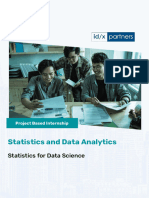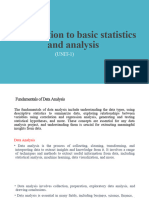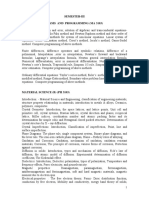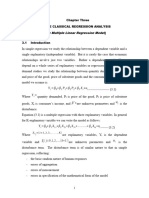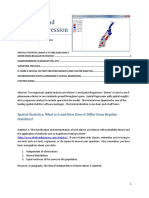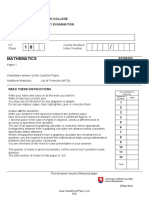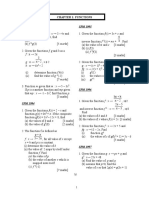0% found this document useful (0 votes)
3 views101 pagesUnit 5-Data Literacy
The document provides an overview of data literacy, emphasizing the importance of data collection, organization, and analysis in AI. It discusses various types of data, the data collection process, levels of measurement, statistical analysis, and data representation techniques. Additionally, it highlights the significance of data preprocessing and evaluation in modeling, along with multiple-choice questions to assess understanding of the material.
Uploaded by
anaghacomputerCopyright
© © All Rights Reserved
We take content rights seriously. If you suspect this is your content, claim it here.
Available Formats
Download as PDF, TXT or read online on Scribd
0% found this document useful (0 votes)
3 views101 pagesUnit 5-Data Literacy
The document provides an overview of data literacy, emphasizing the importance of data collection, organization, and analysis in AI. It discusses various types of data, the data collection process, levels of measurement, statistical analysis, and data representation techniques. Additionally, it highlights the significance of data preprocessing and evaluation in modeling, along with multiple-choice questions to assess understanding of the material.
Uploaded by
anaghacomputerCopyright
© © All Rights Reserved
We take content rights seriously. If you suspect this is your content, claim it here.
Available Formats
Download as PDF, TXT or read online on Scribd
/ 101

